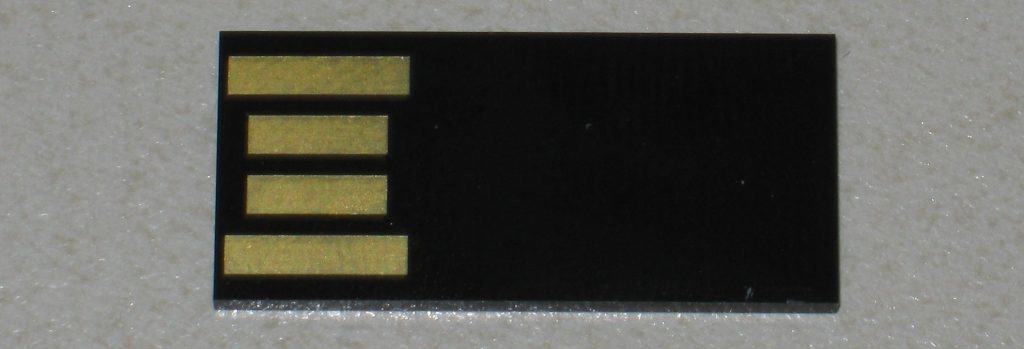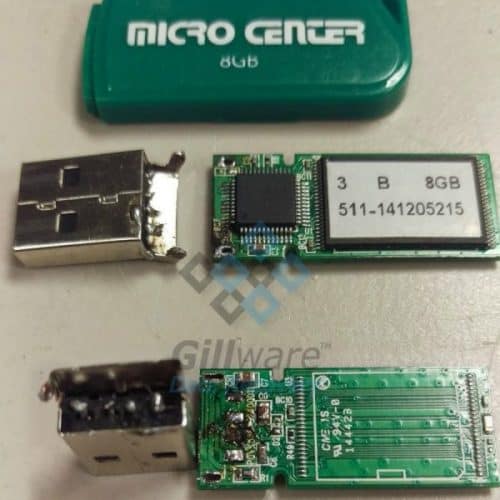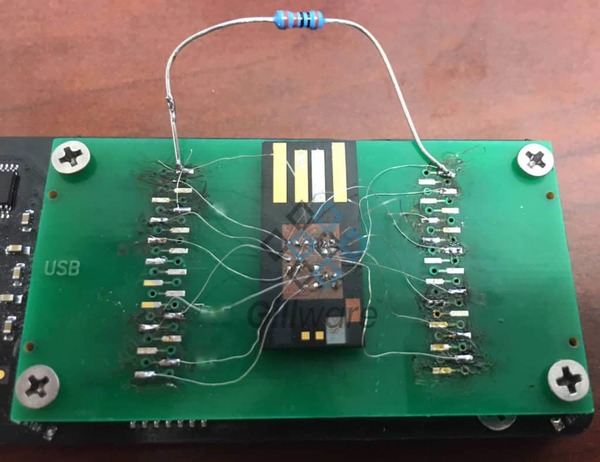Monolithic Flash Drives
Have you ever seen a flash drive where the USB connector was built-in to the rest of the device? That was (almost certainly) a monolithic flash drive.
What is a Monolithic Flash Drive?
Monolithic flash drives are simply a one-piece upgrade to existing USB flash storage architecture. Earlier variants of USB flash drives utilized distinct components such as a USB controller chip, a USB connector interface, a NAND flash storage chip, and an outer casing often made of plastic or metal. Monolithic flash drives serve as their own cases, and eliminate the need for USB controllers.
Monolithic flash drives offer similar utility to earlier varieties, with a notable disadvantage when it comes to data recovery…

Monoliths can also be produced in an efficient and cost effective manner. The reduction in cost, relative to that of assembling flash drives with distinct components, enables storage hardware manufacturers to offer customers increased value.
As such, monolithic flash drives have seen a significant increase in popularity over the late 2010s and early ’20s.

What Came Before Monolithic Flash Drives?
The device in this photo provides an excellent example of what proceeded monolithic flash drives. The flash drive pictured in this image clearly displays a metal USB connector that is certainly not the same material as the outer casing or the printed circuit board (PCB), as well as two clearly identifiable integrated circuits attached to the printed circuit board. The larger of these chips is the NAND flash storage, and the smaller is what’s known as a USB controller.
Notice how the USB connector snapped away from the controller / PCB. Data recovery from devices like this was a matter of successfully identifying and communicating with the USB controller.
Once our engineers had access to the controller, they could pass information between the (often) heavily damaged initial storage device and a replacement storage medium.
The monolithic USB flash drive complicated this process.
Definitions Related to Monolithic Flash Drives
NAND Flash
NAND is a term in formalized logic that stands for not and. NAND flash storage is the technology with a wide variety of applications in the modern tech landscape. Some applications of NAND flash are in the nonvolatile memory / storage of: mobile phones, tablets, solid state hard drives, flash drives, and SD cards.
USB
USB is an acronym for universal serial bus, which is a standardization of protocols, connectors, and cables for connecting computers to peripheral devices (including electronic storage devices).
USB Controller
USB Controllers are miniscule computers that exist exclusively on an integrated circuit. They are responsible for enabling your computer to read and write data to various USB storage devices.
Monolithic Flash Drive Data Recovery
Monolithic flash drives utilize 3D integrated circuits to replace the functionality provided by USB controllers (passing data between a computer and NAND flash storage).
If you think 3D integrated circuits sound like a complicated topic, you are correct. This concept is why monolithic flash drive data recovery is one of the more challenging varieties of data recovery we see at Gillware.
As you can see in this section’s photo, reading data from a monolithic flash drive that suffered physical / logical damage is a timely, complicated, delicate, and difficult procedure. While this process is difficult, it is not impossible. If you lost data from a monolithic flash drive, the data recovery professionals at Gillware are always happy to help.

